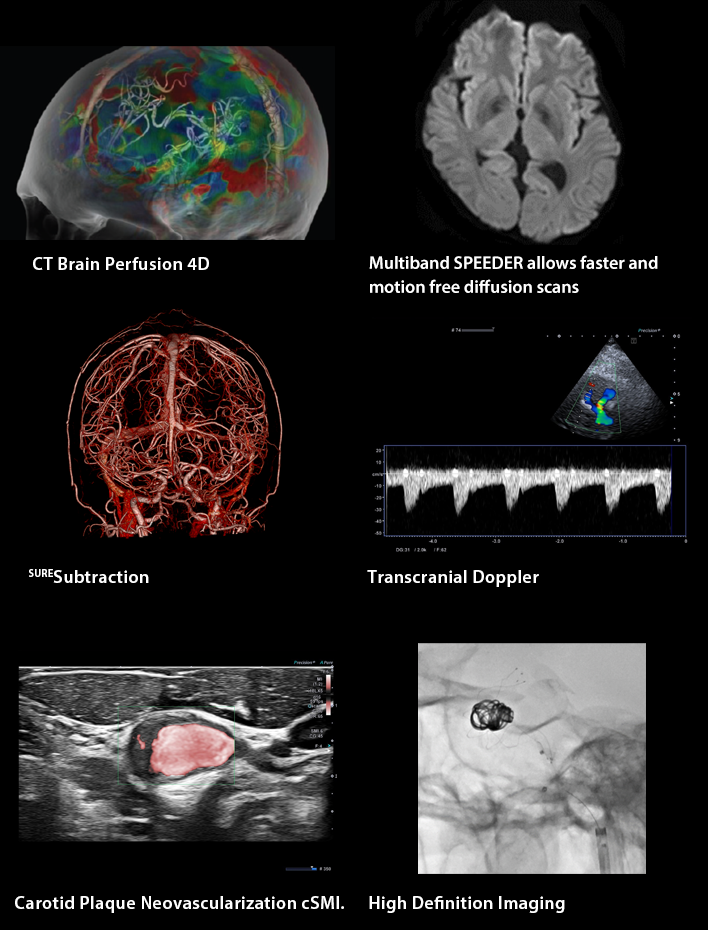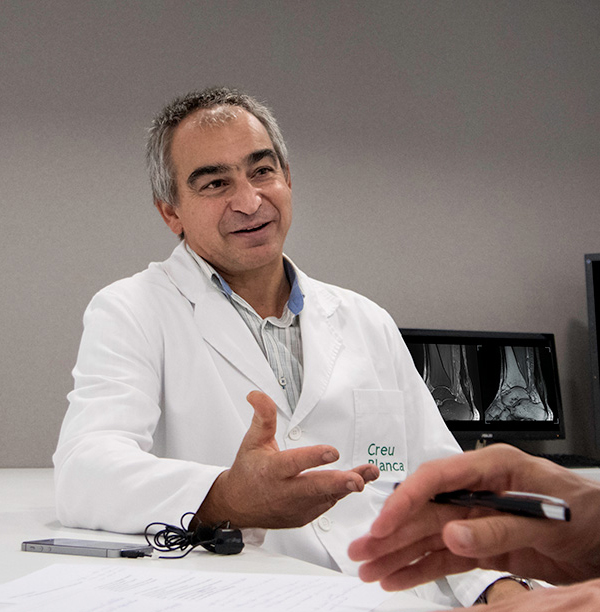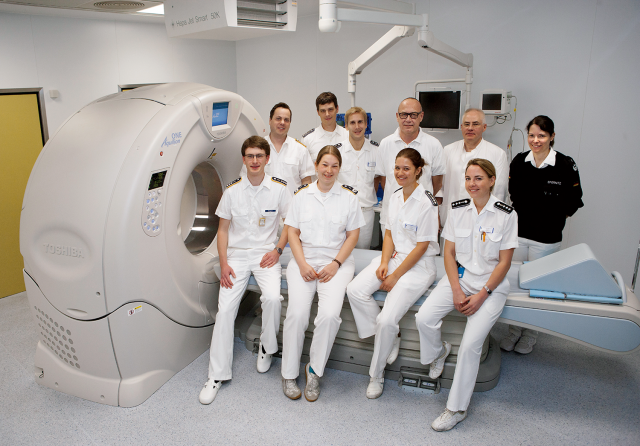TRENDS AND CHALLENGES IN NEUROLOGY
Today in Europe, neurology is the third core discipline alongside surgery and internal medicine and is thus one of the most important pillars within the healthcare system. The main drivers of this development are the advances made in the treatment of common and widespread diseases like stroke, inflammatory disorders, epilepsy and neurodegenerative diseases.
The overall burden of stroke, neurological disorders and neurodegenerative diseases will rise dramatically in the next 20 years with our ageing population. There is a pressing need to understand disease pathways, mechanisms and clinical expressions to enable early diagnosis and to offer patient-tailored treatments. Fast and quantitative imaging tools that provide the highest detail and accuracy in a safe and patient-friendly manner are a prerequisite. In addition, effective use of vast volumes of medical data and cumulative information is increasingly needed.
- Ultrasound | See the unseen using Superb Micro-vascular Imaging (SMI) and detect intraplaque neovascularization without the use of contrast material.
- CT | Capture the entire brain using the wide area detector CT Aquilion ONE / PRISM Edition in combination with advanced noise suppression and Bayesian perfusion algorithms to provide visualization of the tissue window in stroke patients for optimal patient selection.
- HIT | Integrate and analyze clinical data from multiple modalities using Vitrea Advanced Visualization applications.
- Interventional Neurology | Provide the most flexible interventional suite enabling interventional neuroradiologists to continue to redefine the boundaries of what is possible.
- Interventional Neurlogy | Use Alphenix’s unique High-Def Flat Panel Detector with an unparalleled resolution to visualize unseen vessel anatomy, wire navigation, stent and coil deployment in ways not possible before.
- MRI | Keep time at the forefront of stroke workflows with optimized, streamlined stroke protocols using Olea Neurovascular package.


CUSTOMER QUOTES
“MultiBand Diffusion Sequence has reduced our clinical scan times by half compared to the traditional Spin Echo Diffusion for both Brain and Abdominal Regions. Moreover, the new multiband sequence has helped reduce artifacts in areas of high susceptibility such as air and bone while overall improving ADC maps.”
Dr. Xavier Alomar Head of Radiology,
Clinica Creu Blanca, Barcelona, Spain

Dr. S. Waldeck
Army head doctor, head doctor and department
manager of the VIII Radiology Department,
Armed Forces Central Hospital Koblenz, Germany